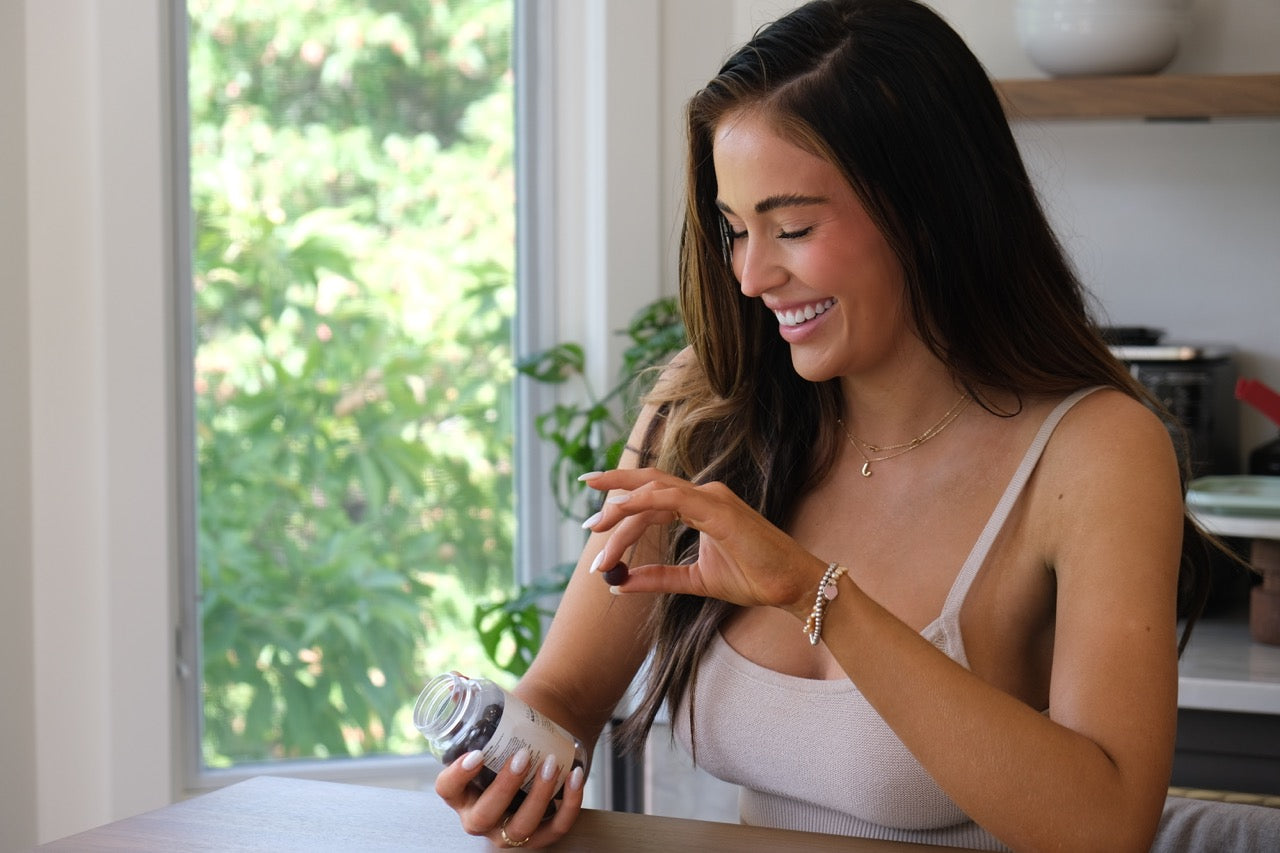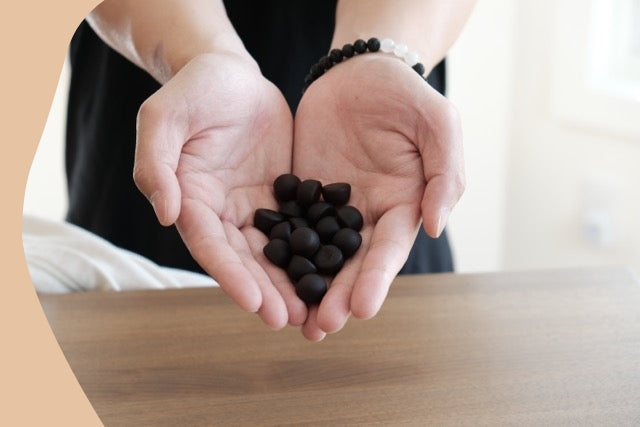
Think Pink! The Psychology of the Colour Pink
June 23rd is National Pink Day, and it’s no wonder this color is as celebrated as it is. While pink’s popularity may have waned for a few years, the newest, most fabulous hue – millennial pink – has brought it back and made it bigger than ever. However, pink had its first surge of popularity during the Rococo Period (1720-1777) of France, when pastels were all the rage.
Perhaps the most exciting things about this youthful color is its effect on our psychology.
Color Therapy (or Color Healing) is the practice of utilizing colors in differing forms in order to promote harmony and balance within the body, and pink has a special effect on our wellbeing.

How Pink Affects Our Psychology
While pink is often associated with femininity, there is no scientific evidence to suggest that women are more predisposed to like the color than men. In fact, prior to the 20th century, pink and blue did not have the gendered associations that they have in the past 100-or-so years. Around 1920, when the colors were beginning to be associated with gender, pink was considered more appropriate for boys than for girls. Pink was considered, at the time, the stronger of the two, while blue was thought of as daintier. It wasn’t until the 1940s, when clothing manufacturers deemed pink-for-girls and blue-for-boys to be the new trend, that this notion entered society. And for some reason, it stuck.
The color pink represents softness and compassion. It is associated with unconditional love, romantic love – a result of its composition of red and white – and nurturing.
According to the psychology of colors, pink inspires hope and positivity. It encourages a sense of comfort and relaxation, soothing the senses. Pink makes you feel like everything is going to be alright. It calms our emotions and increases our sensitivity and tenderness.
Pink works to eliminate feelings of resentment, anger, and irritability, and it repairs the heart during times of abandonment or neglect. There have been studies that show prolonged exposure to pink reduces violent urges and has a sedating effect on the body.
This color encourages you to nurture and care for yourself, helping you feel connected to and receptive of your needs. Pink asks you to take time out for you and to do the things that make you feel happy and taken care of.
The color pink is often associated with children because of its innocent nature. It has the whimsy and playful faith of a child, representing that pureness and joy. It isn’t complicated, but its beauty lies in its simplicity. It isn’t demanding, yet it captivates your attention. Because of its association with children and childhood, pink can help you access childhood memories and resolve emotional issues from an early age.

Millennial Pink: Pink Revamped
There are many shades of pink, and their popularity has shifted through the eras. Pinks took on a flower-power energy in the 70s, were preferred in neon shades throughout the 80s, bubblegum-pop hues in the 90s, and now – in 2019 – “millennial pink” is everywhere.
Millennial pink is not unlike the baby pinks and bubblegum pinks that were popular in the late 90s and early 2000s, but it has a dustier quality to it. Think of it almost as a “dirty pink.” Light in shade, a hue similar to Baker-Miller pink – a shade of pink specifically created to calm violent prisoners, also known as “drunk tank pink” – but with more grit. It’s like baby pink with attitude. And its attitude matches that of the millennials who so adore this shade.
And maybe that’s why millennial pink is currently ubiquitous. It seems to represent the state of millennial culture: Positive, but with a bit of an edge. After all, many facets of our culture seem grim right now, and this color seems to represent the millennial generation’s desire to remain hopeful as well as their willingness to acknowledge the less-than-pretty aspects of reality that we all presently face.
There is also a fascination on behalf of millennials with all-things-youthful, from unicorns to cartoons and adult coloring books. Many people, regardless of age, are learning to appreciate and embrace their childlike qualities in the face of an often troubling reality.
But this may point more to the evolution of our society. After all, there have always been troubling events and unpleasant realities throughout history. Maybe people have just become more willing to accept the need for playfulness and joy within this life, which is exactly what millennial pink seems to promote.

Embrace Your Love for Pink!
National Pink Day reminds us that this color brings joy into our lives and represents the nurturing love that we deserve to receive from and give to ourselves. It doesn’t matter who you are, embrace your love for this gentle, compassionate color! Wearing, creating with and surrounding yourself with the loving energy of pink is a wonderful way to celebrate its peaceful energy, reduce stress and boost your mood.
Related Article: Understanding the Rainbow: The Psychology of Colour






